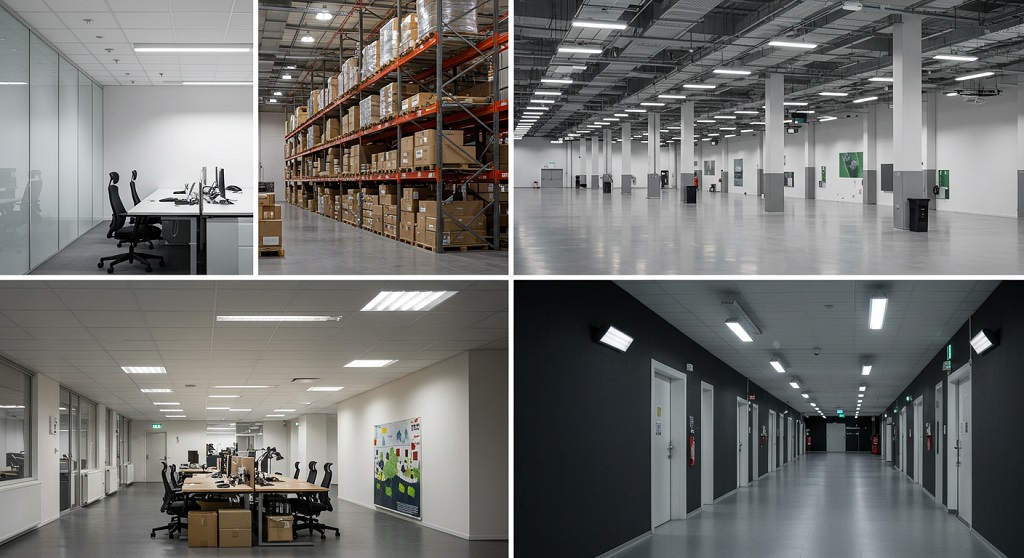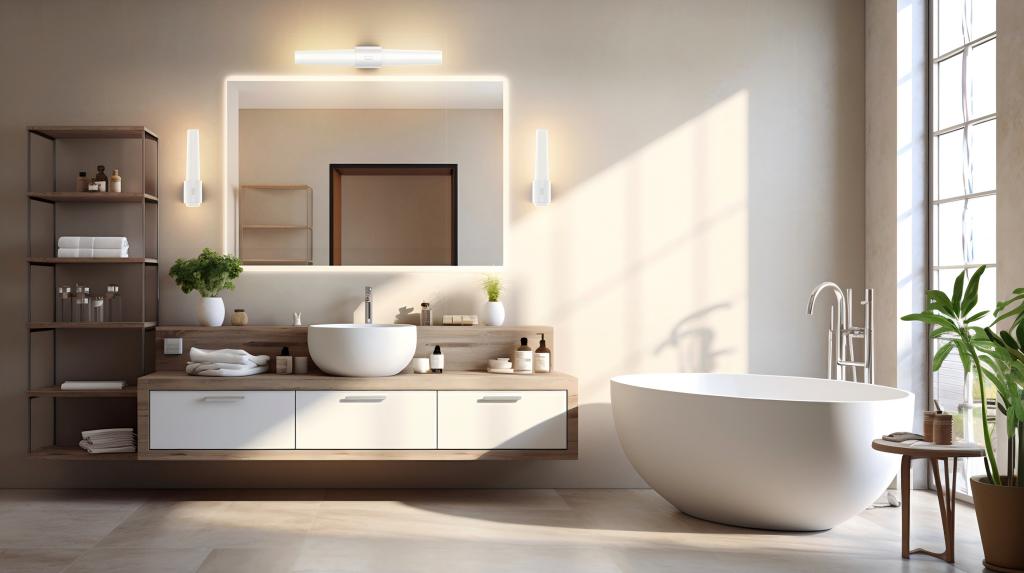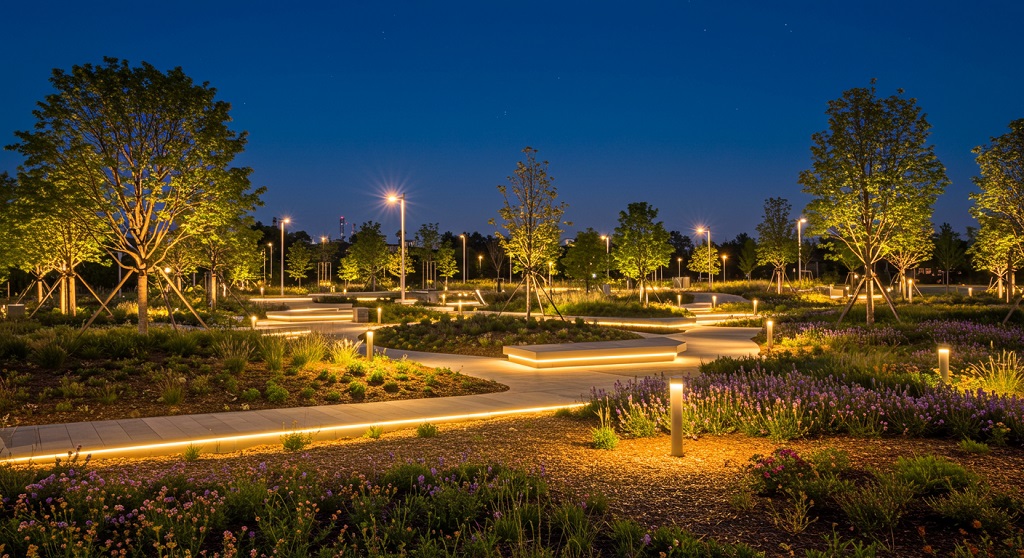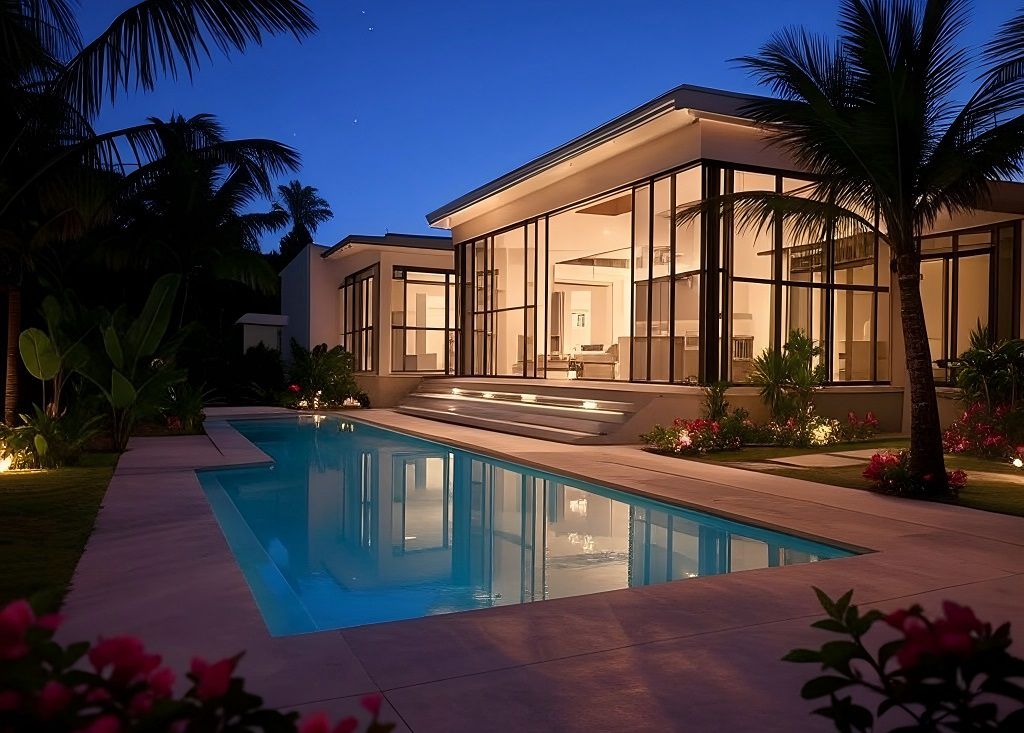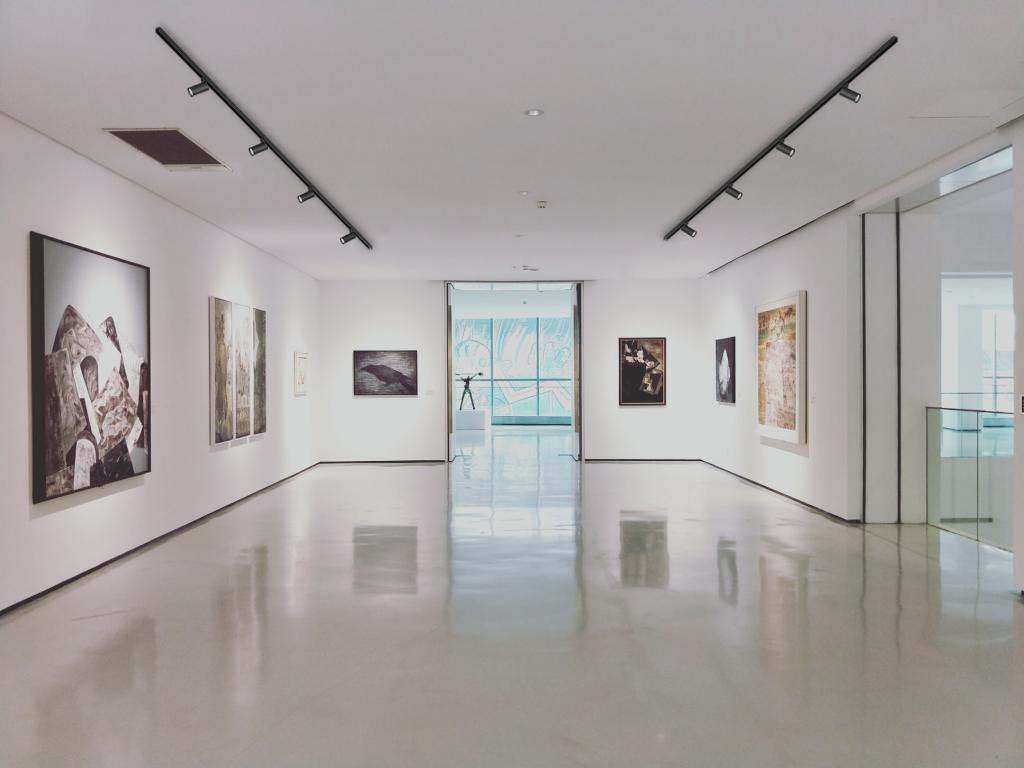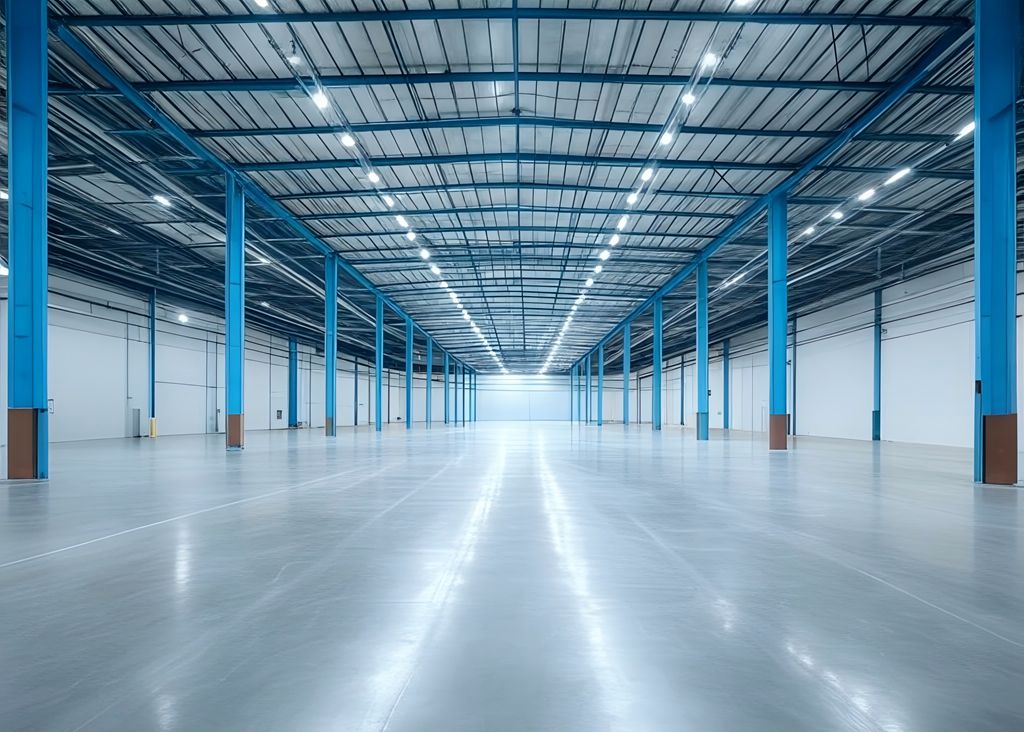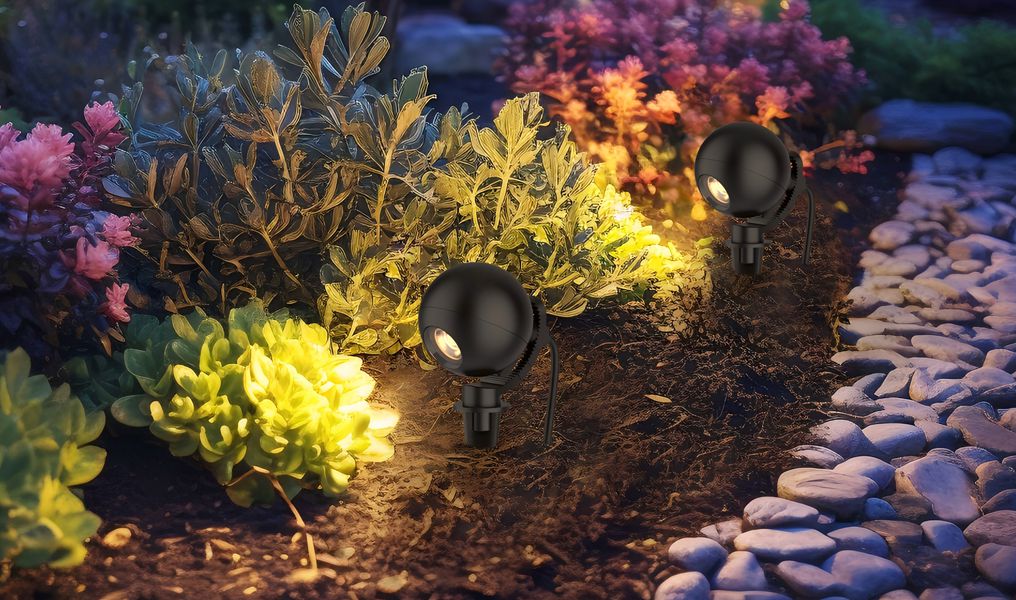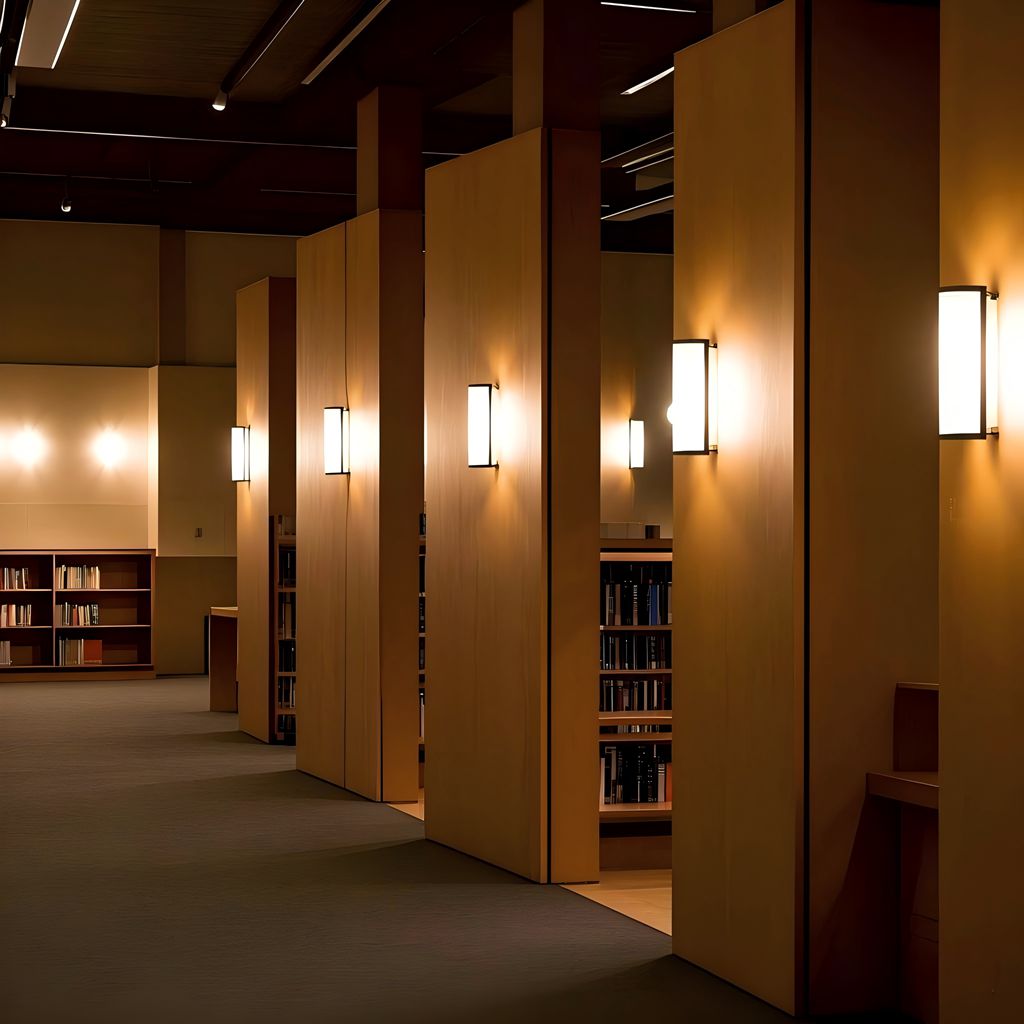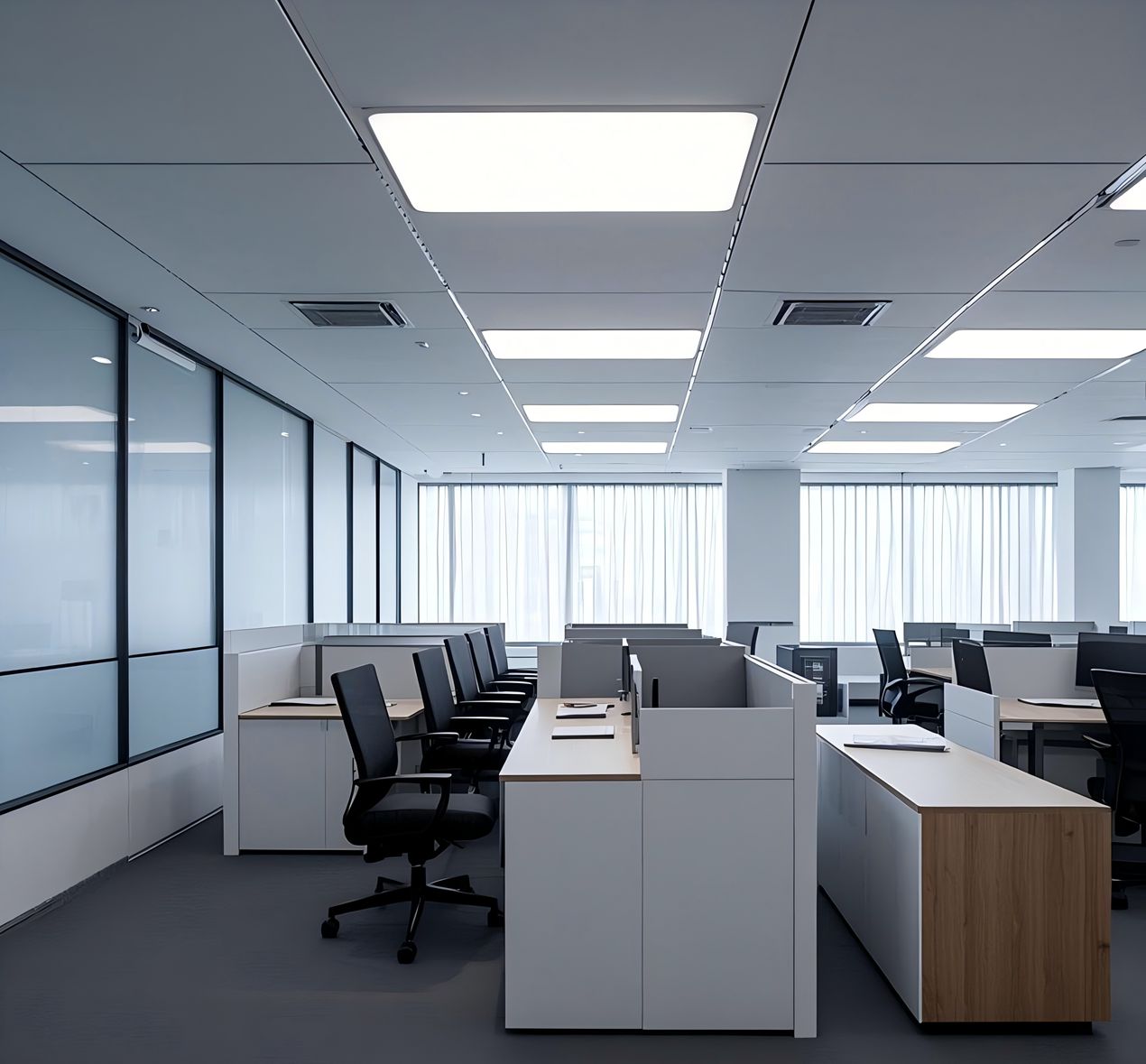
As we know a hospital is a special place that offers a healthy and comfortable environment for patients and nurses, which requires 18℃-22℃ temperature, 50%- 60% humidity, ventilation, low noise, healthy and bright lighting, as well as decorations that make people feel easy. To meet the environment, the lighting fixtures installation has strict requirements. Most of them are functional with a long life span, energy saving, high water-proof, anti-humidity, anti-leakage, anti-high temperature, and moisture-proof. Besides, the light temperature is linked to the patient's and staff‘s mood.
Dr. Anajali Joseph, director of research for the Center of Health Design, writes:” Several studies have documented the importance of light in reducing depression, decreasing fatigue, improving alertness, modulating circadian rhythms, and treating conditions such as hyperbilirubinemia among infants. Further, the presence of windows in the workplace and access to daylight has been linked with increased satisfaction with the work environment.” Therefore, there are many windows mounted on the wall as the method of accessing daylight in the hospital, and the cool white LED lamps with the right color temperature as the same effect as the daylight to lighting at night. As for the warmer color temperatures leads to the release of melatonin, which causes drowsiness. This is appropriate during bedtime hours but causes problems for those who need to stay awake, such as overnight nurses and doctors. Introducing natural or cool white light to hallways, operating rooms, and nurse stations can help hospital staff, especially overnight workers, feel more alert and energetic.
- 1. What Is the Best Color Temperature to Use in a Hospital?
- 2. What Types of Lights Are Used in a Hospital?
- 3. What Type of Fixtures Should Be Used for Hospital Lobby Lighting?
- 4. What Type of Fixtures Should Be Used for Hospital Patient Room Lighting?
- 5. Is It Better to Use Fluorescent or LED Lights in a Hospital?
- 7. How Much Money Can Be Saved by Using a Lighting Control System in a Hospital?
- 8. What Are the Ideal Lighting Levels for a Hospital?
Before you buy the product, something you need to know the following:

1. What Is the Best Color Temperature to Use in a Hospital?
It depends on the purpose of the room and the activity performed in it. For patient rooms, waiting rooms, etc., we would recommend a warmer color temperature, 3000K or 4000K. For commercial kitchens and engineering rooms, we would recommend 5000K.
2. What Types of Lights Are Used in a Hospital?
The lights vary by application and location. The lights used outdoors are typical of any commercial establishment, and a large part of the lights in hospitals' interiors are general lighting that you can find in schools and other commercial offices, like panel lights, sconces, and stairwell lighting.
3. What Type of Fixtures Should Be Used for Hospital Lobby Lighting?
LED panel lights or retrofit solutions with LED tubes or magnetic retrofit strips.
4. What Type of Fixtures Should Be Used for Hospital Patient Room Lighting?
For hospital lighting, the LED panels and over-bed linear fixtures are best chosen for hospital patient room lighting.
5. Is It Better to Use Fluorescent or LED Lights in a Hospital?
LED, without a doubt. Fluorescent lights strobe, flicker, and hum, cause eye strain and headaches, and have mercury
6. What Are the Benefits of Using LED Lighting in a Hospital?
With LED, there’s no humming, no strobing, no flickering, and no mercury. Plus, with LED, you get significant energy and maintenance savings.
7. How Much Money Can Be Saved by Using a Lighting Control System in a Hospital?
A considerable amount, especially if the system is designed to dim and control light levels. A dimmed lighting system saves money, over and above the savings you see when you convert to LED.
8. What Are the Ideal Lighting Levels for a Hospital?
That depends on the function and area, but here are some general guidelines:
- Lobby Area 15-20 FC
- Waiting Area (General) 20-30 FC
- Patient Ward Rooms (Observation) 30 FC
- Medical Laboratory 50 fc
- Operating Room 300 - 1000 FC
- Critical Care Areas (Examination) 50 FC

